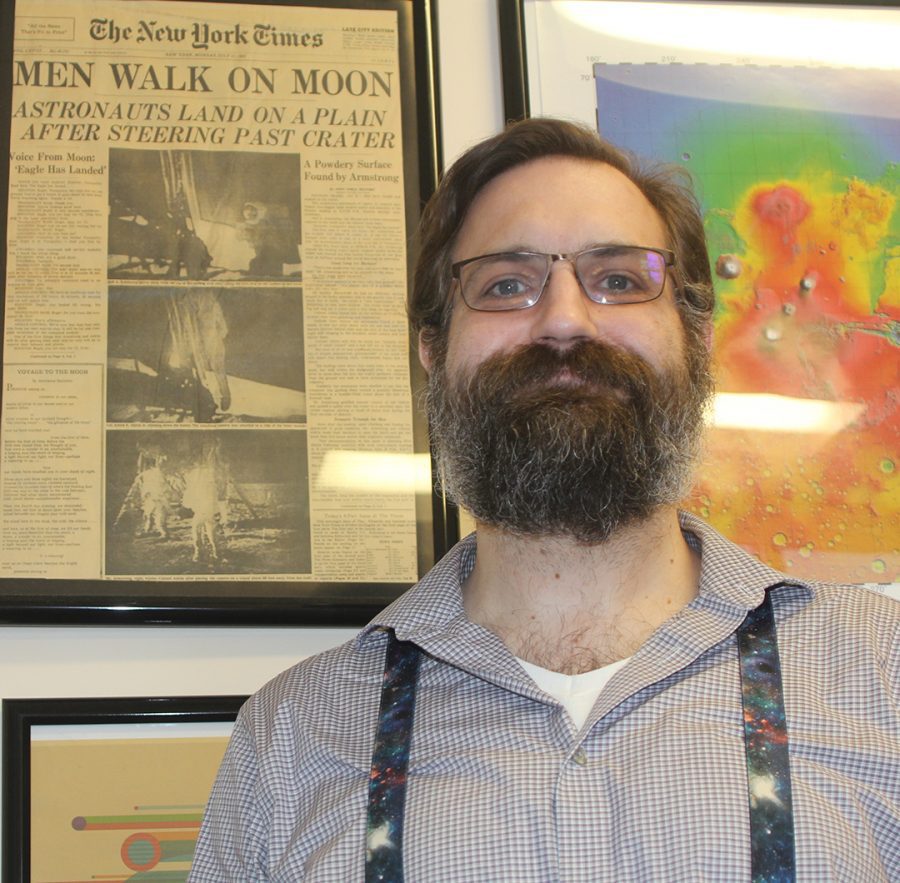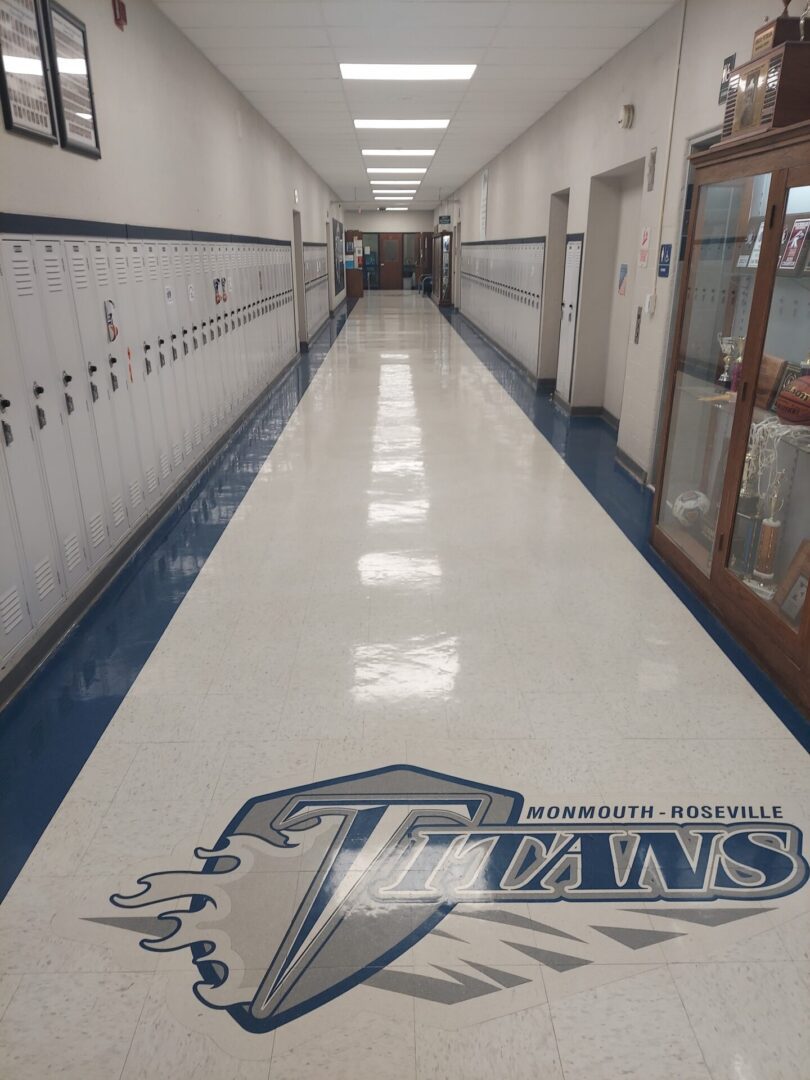A continent away, on the other side of the Equator, a major project in astronomy is set to begin, and a Monmouth College professor is involved.
Physics professor Michael Solontoi is co-author of a paper that will help scientists utilize a major new telescope being completed at Chile’s Vera C. Rubin Observatory that will take what amounts to a “10-year digital movie of the sky.”
“It’s the only project like it in the world,” he said.
The 8.5-meter Legacy Survey of Space and Time telescope, which has been nearly two decades in the making, is scheduled to have its “first light” next year, Solontoi said.
With a lens that is bigger than most humans, the telescope will “generate an absurd amount of data,” said Solontoi, enabling astronomers from all over the world to gain more knowledge of several key areas, including galactic neighbors to the Milky Way, supernovas, dark matter and dark energy.
“The beautiful thing about astronomy is that you have a time machine laid out in the sky,” he said, “but there’s still so much that we really don’t understand about space that we have to figure out.”
The LSST telescope in Chile will help with that. But it won’t just expand astronomers’ horizons in deep space. It will also bring into much sharper focus an area closer to home.
Mapping the solar system
“It’s going to be a factor of 10 improvement in our solar system population studies,” said Solontoi of his area of specialization. “There are about a million known objects in the solar system, and when this project is complete, we should know about 10 million objects. It will be similar from going to a Victorian-era map of the world to Google Maps.”
Astronomers have a handle on the planets, moons and exoplanets in the solar system, but Solontoi said that’s less true for smaller objects. For instance, it’s likely that the number of known comets will grow from under 2,000 to around 10,000 after the 10-year project is complete.
Similarly, many more asteroids will be identified and their paths will be mapped – including those that could pose a threat to life on Earth.
“There’s a planetary protection element to this project,” said Solontoi. “We’ll be at a 90% level of mapping out all the asteroids that are 150 meters or larger – the kind of asteroids that would cause more than local devastation were they to strike Earth. There are a lot of tiny rocks in orbit that we need to keep an eye on.”
Fortunately, said Solontoi, striking Earth is easier said than done, as our planet is a moving target.
“Every seven minutes, Earth moves one Earth,” he said. “That is to say, Earth moves in space as far as its diameter every seven minutes.”
Rare events and strategies
Solontoi said there are advantages to observing the entire sky every night, night after night.
“By looking at the sky every night, you’re not going to miss rare events,” he said.
Solontoi likened the rare events that might be seen to the growth of a plant.
“We rarely see the exact moment when the seed develops and pops through the soil, but it has to happen, right? So by watching the sky closely every night for 10 years, we’ll see some of those rare moments.”
As one might expect, there is more to the multi-national, multi-agency project than simply pointing a telescope at the sky and saying, “Go!”
“Essentially, our paper is about how well various strategies for observing the entire sky work for doing solar system astronomy,” said Solontoi. “There is a prototype cadence, and then there are all types of variations. We evaluated each of those cadences for solar system science.”
The paper that Solontoi helped co-author was recently published in the Astrophysical Journal Supplementary Series. The publication is where longer, more in-depth technical papers accepted by the Astrophysical Journal are published. And, as Solontoi says, his paper definitely qualifies as a longer paper, checking in at 103 pages.
Solontoi said his paper doubles as a type of Cliff’s Notes for scientists doing future space surveys.
“It’s a year’s worth of research that they don’t have to do,” he said.
***Courtesy of Barry McNamara, Monmouth College***















